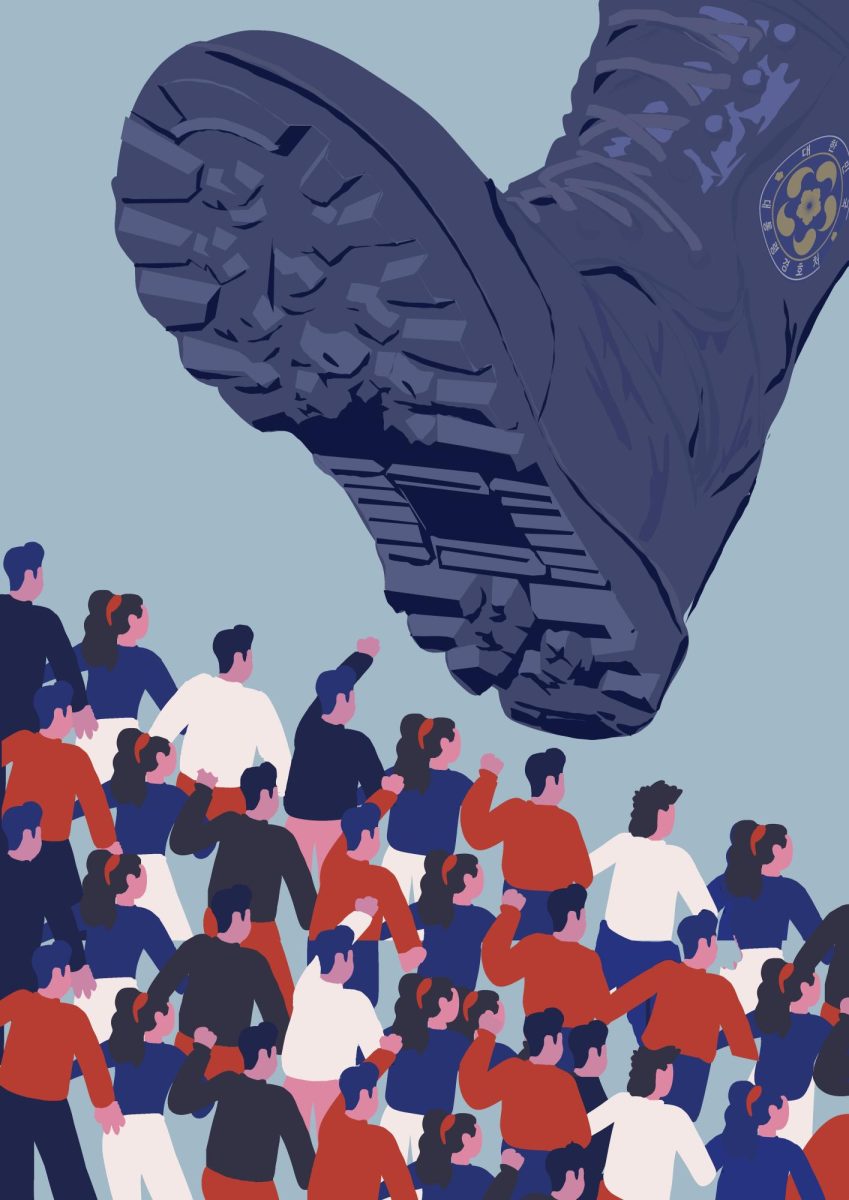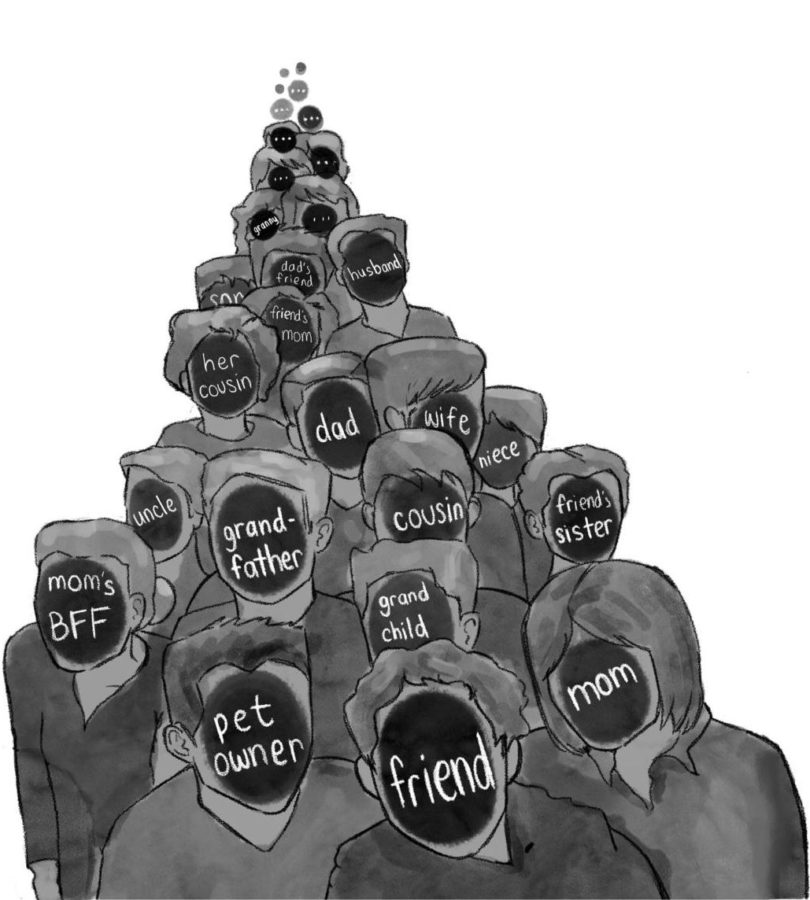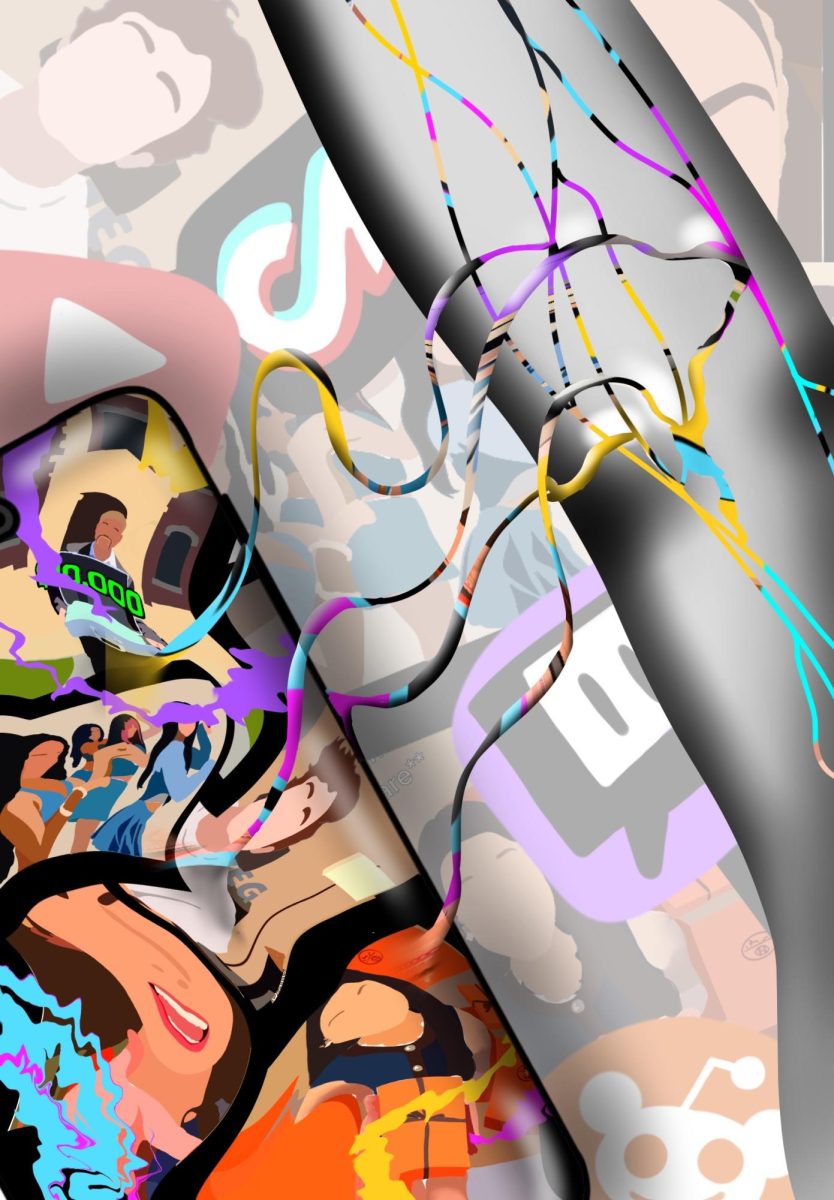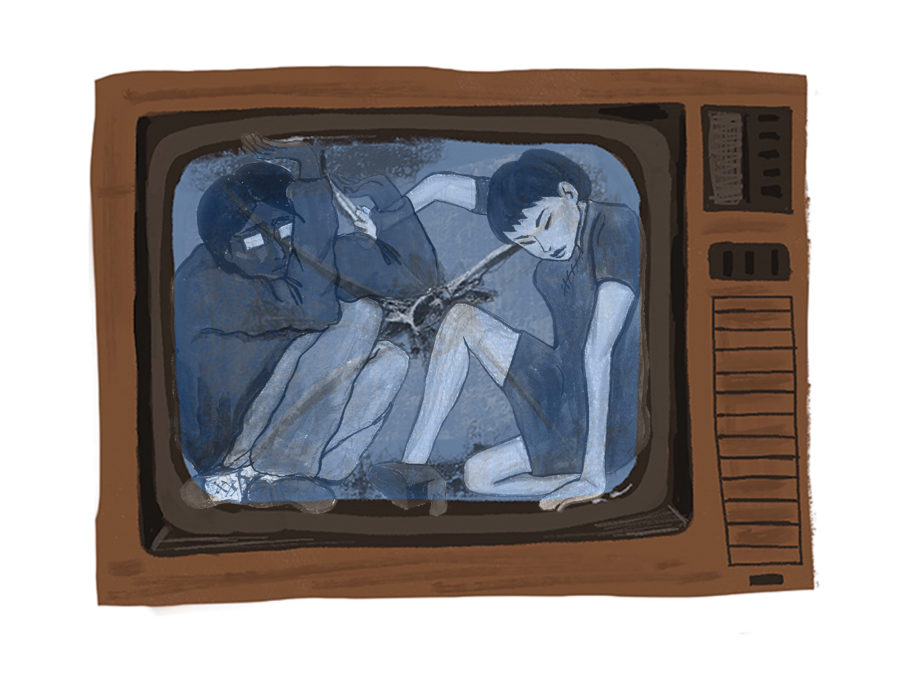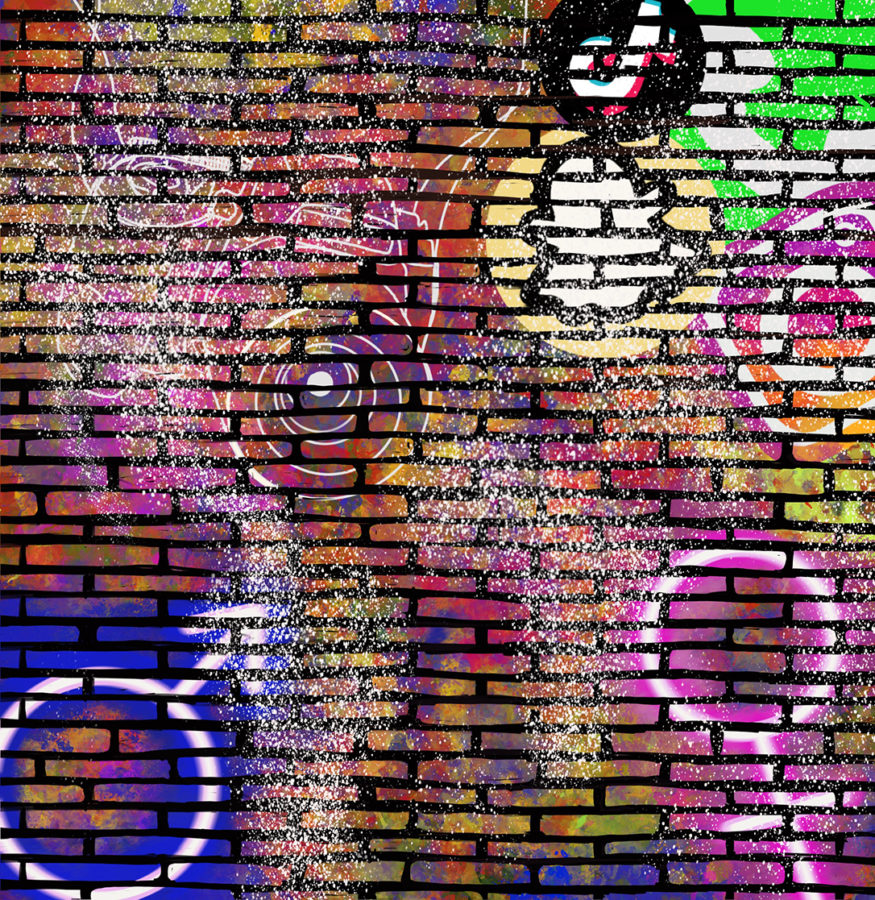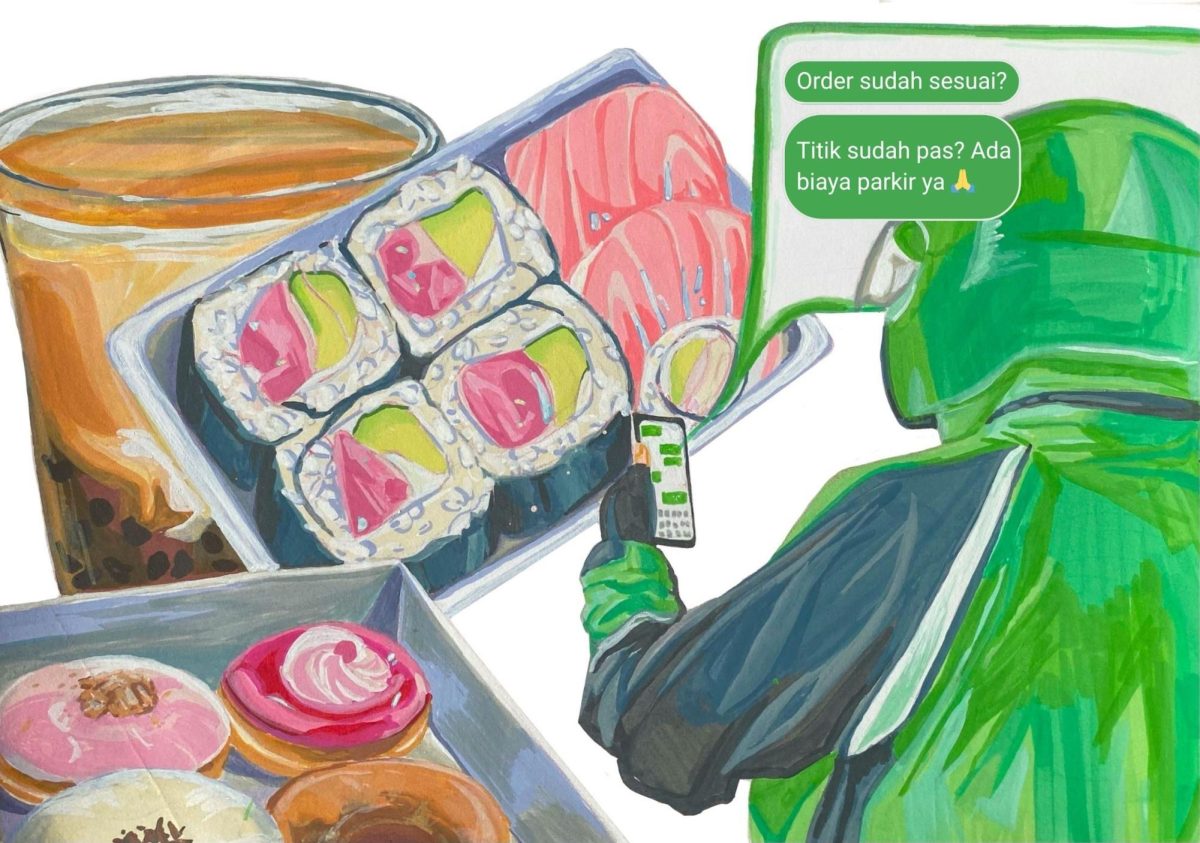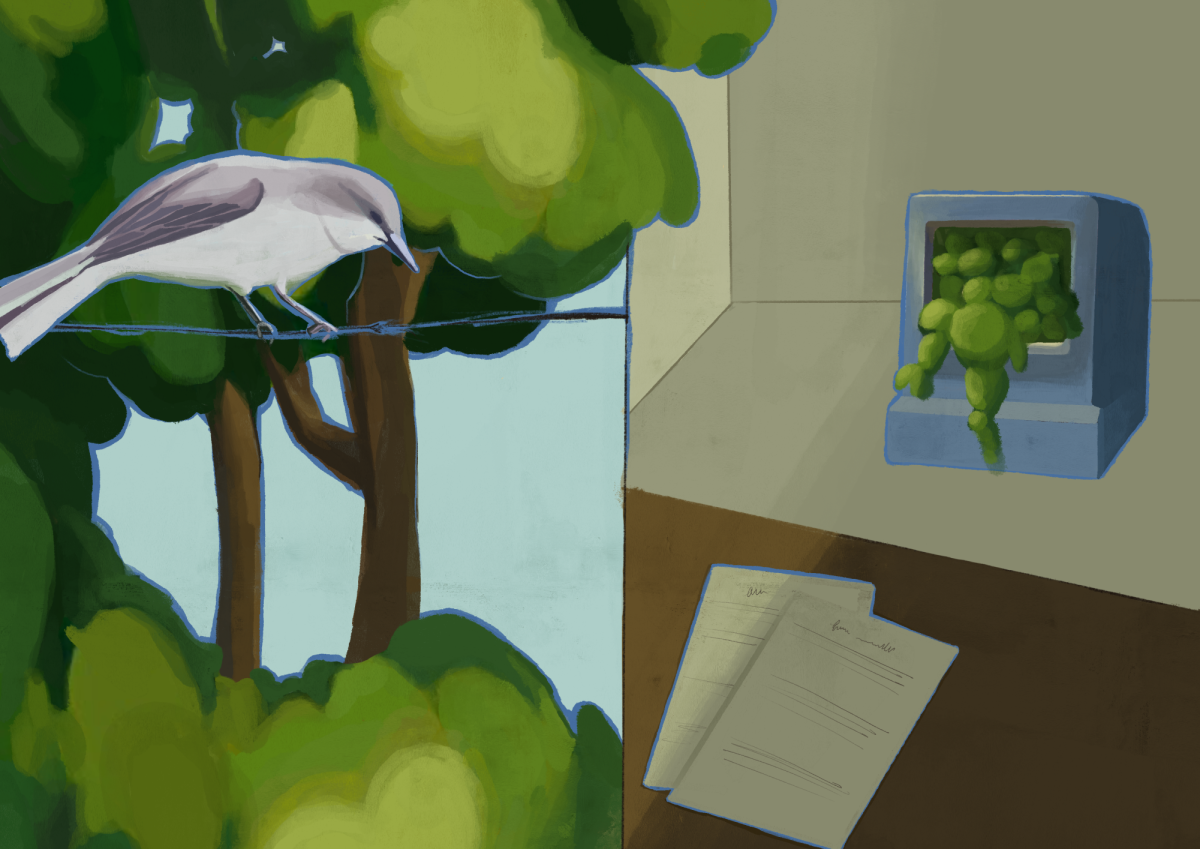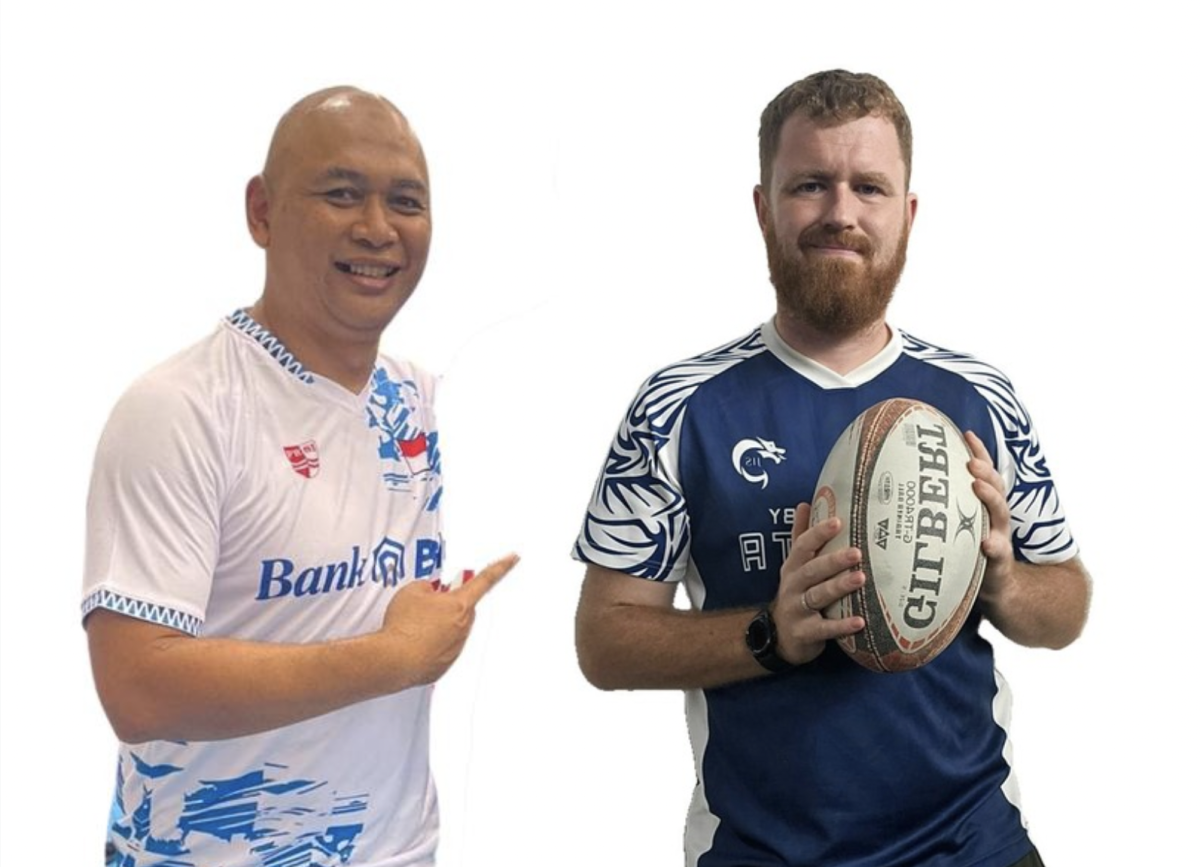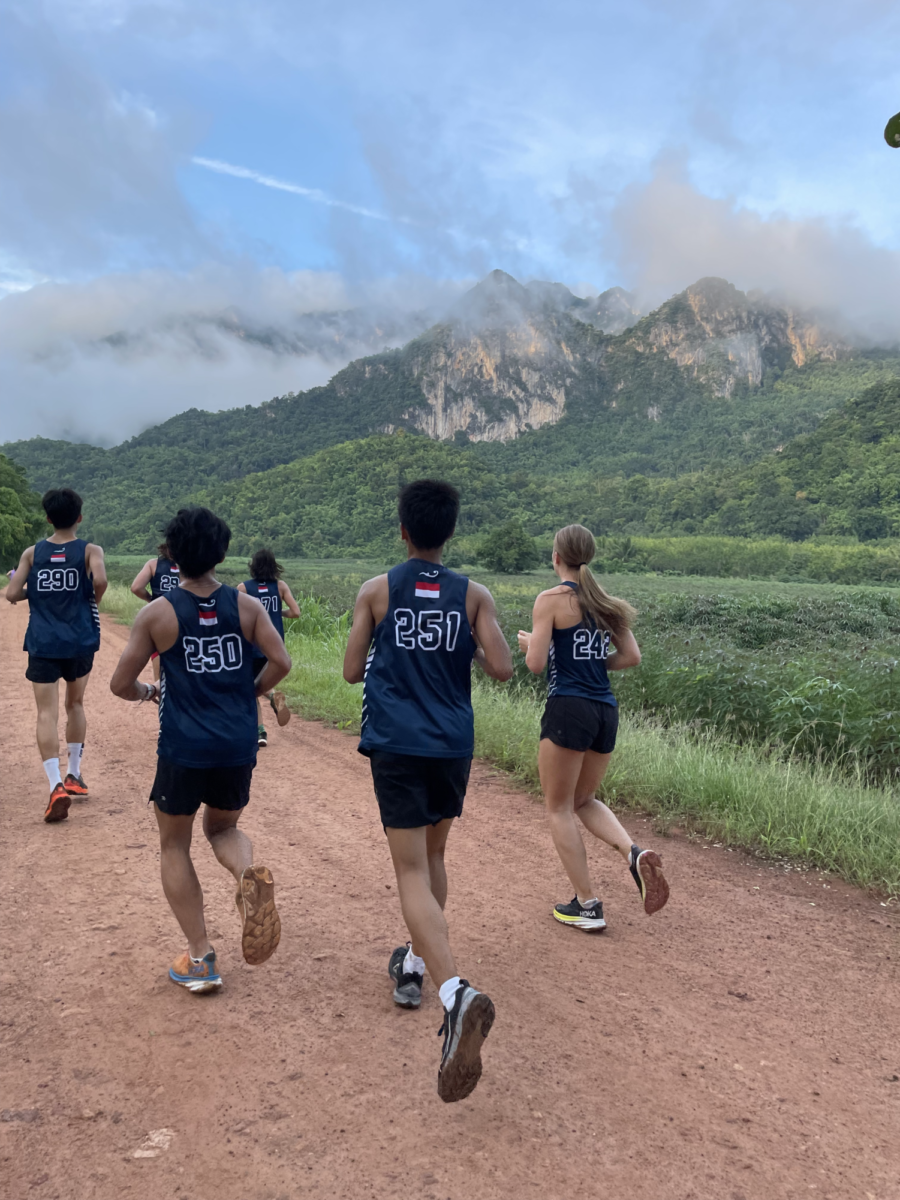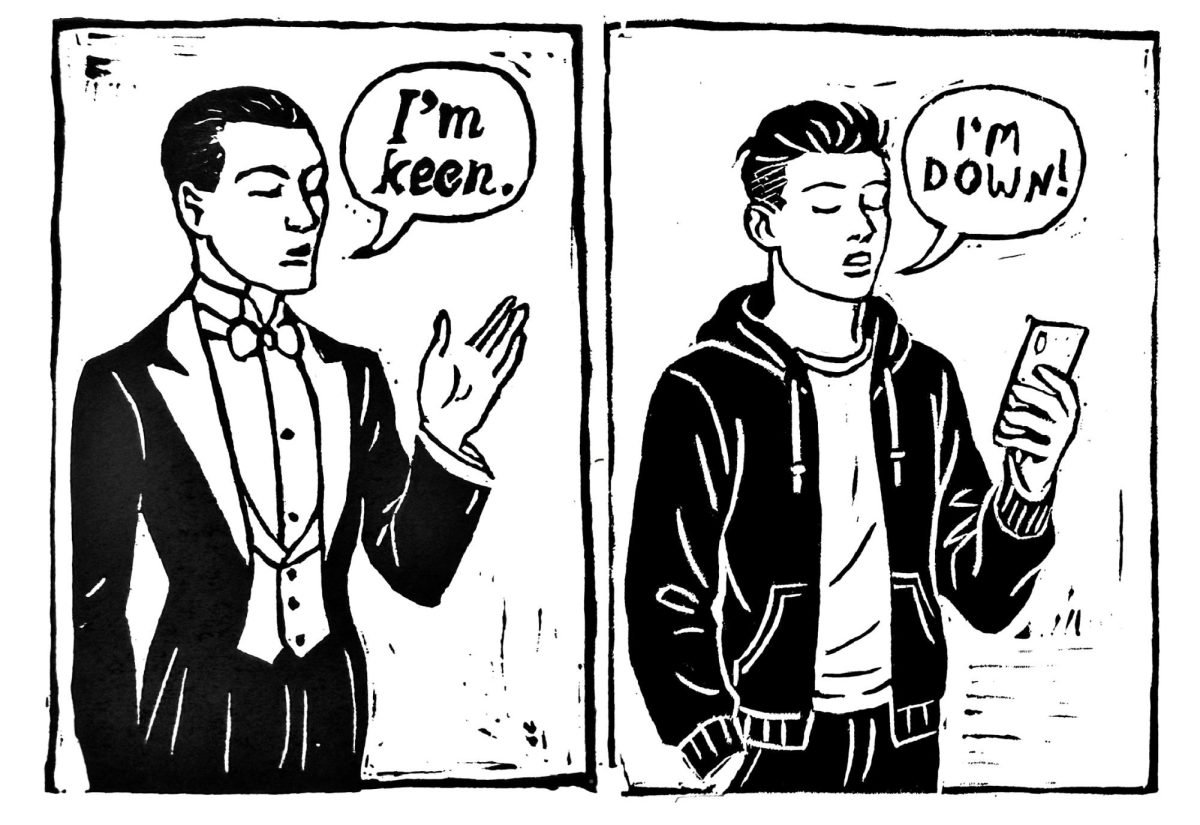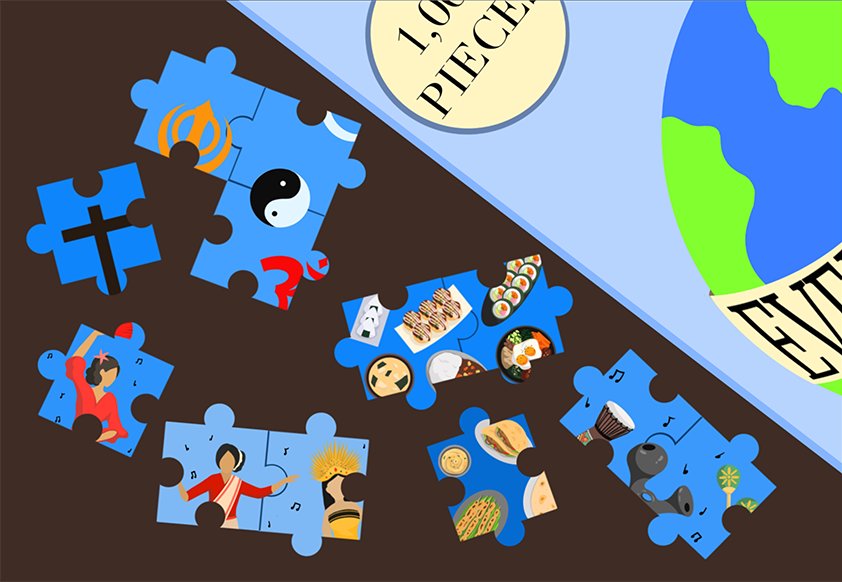Jakarta Intercultural School (JIS)– a welcoming campus that embraces diversity and a captivating ground of different races. The school adopts a rich blend of cultural backgrounds and a commitment to inclusivity. With the fusion of varying ethnicities, the presence of multicultural children adds to the richness– and uniqueness– of the school.
When it comes to celebrating and welcoming diversity, the school excels. The JIS website displays the vision and mission statements of the school, emphasizing the prioritization of inclusion and diversity.
In the words of Abigail A, an Indonesian-raised American junior at JIS, “[JIS has] so many different people in sports teams, creative arts, and academics. Everyone is so diverse that there is no set [type].”
Within the borders of the school, over 60 nationalities contribute to the distinctiveness of the educational experience. The multiethnic environment fosters a space that allows students to be their own individuals, enriching them with diverse social exposure and educational experiences.
The school also has a wide variety of clubs that explore different cultures and holds school-wide events such as UN Day, where nationalities are displayed for appreciation through clothing, food, and traditional dances.
However, beyond the admiration of acceptance and the mere recognition of diversity, an array of unique challenges are faced by students of mixed backgrounds. When societal norms are closely examined, lurking stereotypes, prejudice, and limited representation loiter in obscurity. A struggle among multicultural students emerges, along with the pressure to conform to a single cultural identity.
Many multicultural students face expectations to comply with solely one heritage. Whether it be societal demands or internal struggles, the hardships this causes are frequently experienced. Not only do they feel detached from one culture, but they also do not feel completely integrated with the other– they are always stuck in an in-between stage. Feelings like these instill a sense of isolation, loneliness, and disorientation from relatives, peers, and, above all, themselves.
By default, assumptions are made based on first glance, and stereotypes are unavoidable. For multicultural students, these assumptions subject them to one identity and create a sense of singularity. It is tough to proudly display and represent a culture you are not thought to be.
Abigail says, “A part of me feels like here, in Indonesia, I will never be Indonesian enough.” Growing up in a non-Indonesian cultured household, Abigail faces situations other Indonesian students cannot empathize with.
With the presumption of a singular heritage also comes generalizations and nicknames that badger multicultural students to suppress their heritage and hide their identities. These stereotypes are deeply embedded into societal perceptions, and the suppression of their true selves stems from these partial perspectives.
Abigail says, “They have a nickname for people like me, which is coconut… meaning that stereotypically, you’re white on the inside.” Though she is set and confident about her identity, there are times when she feels unaccepted by her Indonesian peers. Labels like “coconut” oblige embarrassment among the students and urge them to succumb to masking their cultural identities.
However, social pressures and common societal stereotypes are only two of the many challenges multiethnic students experience. The religion they or their parents choose to follow is also an issue they endure. Many cultures have distinct religions that they adhere to. For numerous multicultural children, their parents adhere to different religious groups. When parents belong to two different religions, a decision to comply with one religion is nearly inevitable. This fated choice has a high potential to mislead multicultural children away from their roots or make them feel less bonded with themselves and their loved ones.
Abigail remarks, “I never religiously or ethnically connected with [my Indonesian parent].” With her Indonesian parent growing up with Confucianism and Buddhism and herself being Catholic, they never shared that medium to connect.
Despite the fact that multicultural students experience a profusion of adversities, the harsh truth is that the dream of prevention will never become a reality.
The diverse grounds of the campus serve as a reminder to students that even when faced with unalike adversities, they are not alone. Although these challenges will never be entirely overcome, at JIS, varied backgrounds are primarily the norm, making prejudiced behaviors infrequent but not completely absent.
Though diversity is accepted and comparatively welcomed in the modern world, the question remains unanswered. Will multicultural students always be stuck between two identities?

